https://ift.tt/1KqbOo3
When we think of cyborgs our minds immediately go to science fiction. But in a way, cyborgs already exist — just look at people with pacemakers and ear implants. Their bodies are a combination of organic, bio-mechanical and electronic parts. And if that’s too ordinary for you, there are people who have integrated technology into their bodies in much more extreme ways.
10. Jerry Jalava
Jerry Jalava’s finger is a hard drive, though “thumb drive” seems like a more appropriate name. He lost part of one of his fingers in an accident and did what any sane person would obviously do: he turned his finger into a hard drive. The USB drive is inside a prosthesis which is attached to the remaining part of his finger. Whenever he needs to use the drive he simply removes the prosthesis, plugs it in, and then retrieves it when he’s done. Which gives us the possibility of the first data theft by handshake.
9. Blade Runners
Most of us are familiar with Oscar Pistorius, the South African sprinter who, before being convicted of killing his girlfriend, was a double amputee who participated in the 2012 Summer Olympics. Pistorius uses J-shaped, carbon-fiber prostheses, which allow him to have mobility despite his disability. Many Paralympians use this type of carbon fiber prostheses, which is strong and light. While Pistorius may not exactly be a role model, these types of prosthetics are becoming more common.
8. Rob Spence
Rob Spence calls himself Eyeborg. He lost his right eye after firing a shotgun improperly. While most people make do with a glass eye, Spence, as the peppy fellow he appears to be, decided to have fun with it and inserted a battery powered camera into the empty eye socket. The camera records whatever he’s seeing for later feedback. Spence, who’s a film-maker who focuses on filming other bionic people, continuously upgrade his camera eye to make it more effective.
7. Tim Cannon
Software developer Tim Cannon had an electronic chip imbedded under his skin by his buddies, which basically means that no one involved in the procedure was a certified surgeon. Ice was used to ease the pain as no one was certified to use anesthesia. Despite the glaring health and legal risks, the idea itself is interesting.
The chip is called Circadia 1.0, and it records the temperature of Cannon’s body and sends it to a smartphone. Cannon’s vision points to a further integration of humans and technology, where the data collected by the chip can be used to modify our surroundings. An example given by Cannon to elaborate on the future uses of this technology is smart houses reading data from our embedded chips and then altering our surroundings to be more suitable to our mood and condition, such as dimming the lights or playing relaxing music.
6. Amal Graafstra
Amal Graafstra is the owner of a company called Dangerous Things, which sells self-injection implant kits. Graafstra himself has an RFID chip in both hands, between the index fingers and thumbs. The implants allow him to unlock the doors to his house, unlock his car and log onto his computer, all with a quick scan of his hands. They even have social media integration. Talk about Facebook becoming an integral part of our lives.
Graafstra’s implant isn’t visible unless he points it out and shows it off. He uses this technology not to allow his senses or functionality to regain a normal level, which is the case with most cyborgs, but to improve on normal existing functionality.
5. Cameron Clapp
Cameron Clapp has a biological head, torso, left arm and not much else. He lost both his legs and his right arm in a train accident when he was a teenager. With the use of prostheses on all three of his missing limbs he’s a runner, a golfer and an actor.
Clapp’s lower prostheses use the Hanger Comfortflex Socket System, which actually stimulates muscle growth. The lower prostheses have a sensor which senses weight distribution, and then adjusts the hydraulics to allow him to walk. He has several sets of prostheses that serve different purposes, with separate walking, running and and even swimming attachments on both legs and his right arm.
4. Kevin Warwick
Captain Cyborg sounds like the name of a cyborg pirate who would be at home in a low budget movie, but it actually refers to cybernetics professor Kevin Warwick. No one gets a nickname as cool as that just by teaching cybernetics though; Warwick himself is a cyborg. Like, Amal Graafstra, Warwick has RFID chips implanted in his body.
Warwick also had electrode implants which interface with his nervous system, and he had a simpler electrode array implanted into his wife. These implants record the signal from the nervous system, which basically means that he can pick up the sensation his wife feels in her arm where the implant was placed. Warwick has generated quite a bit of controversy though — some claim his work in cybernetics is a publicity stunt and done for entertainment rather than focusing on real advancements in science.
3. Nigel Ackland
Nigel Ackland worked as a precious metal smelter, which is one of the coolest job titles ever, but crushed his arm in a work-related accident. He eventually had to amputate part of the arm and is now one of 250 people using the Bebionic prosthetic arm, which is among the most advanced prosthetic arms developed to date. After seeing its sleek design it’s easy to see why it’s earned the nickname the Terminator Arm.
Ackland moves his prosthesis by moving the muscles in the remaining part of his arm; the movement is then picked up by a sensor in his bionic arm. Not only is he able to point, shake hands, and hold a phone, but the technology is advanced enough that he can play with a deck of cards and even tie his shoelaces. Anyone else really want to give him a handshake?
2. Neil Harbisson
Neil Harbisson hears colors. You’re probably thinking “Wait, what?” Harbisson was born colorblind and can only perceive the world in black and white. He had an antenna implanted in his brain which sticks out from the top of his head. This antenna allows him to perceive colors by transposing the light frequencies from colors to sound frequencies. It’s even Bluetooth-enabled!
Harbisson enjoys listening to architecture, and he makes sound portraits of people, a sentence we’re amazed we can actually type. A USB attachment at the back of his head allows him to charge his antenna, although he’s hoping that someday he can charge his device wirelessly using energy generated by his own body.
This eyeborg device not only allows Harbisson to experience colors in the normal spectrum like we all do, but it actually allows him to perceive infrared and ultraviolet colors. Harbisson’s integration of technology into his body elevates his senses to a level beyond what we consider normal, truly making him a cyborg.
1. Hybrid Assistive Limb
Hybrid Assistive Limb is a powered exoskeleton which can help previously wheelchair-bound people walk again. Japan’s Tsukuba University and Cyberdyne (a Japanese company that’s apparently unfamiliar with Terminator) created HAL to not only support people with physical disabilities but to help them go beyond normal levels of physical ability. It works by detecting weak signals from the skin and moving the joints based on the signals.
The exoskeleton allows users to lift five times the weight a normal person can lift. Imagine a future where exoskeletons are used by firefighters, soldiers, construction workers, miners and first responders. Imagine a future where losing a limb doesn’t mean reduced mobility. As of 2013, 330 suits were leased to 150 hospitals and similar facilities in Japan. There’s an exciting future ahead of us.
With new advancements comes new discrimination.
TECH
TRENDS,AMAZING
via Toptenz.net http://www.toptenz.net
May 13, 2018 at 08:11PM
.png)

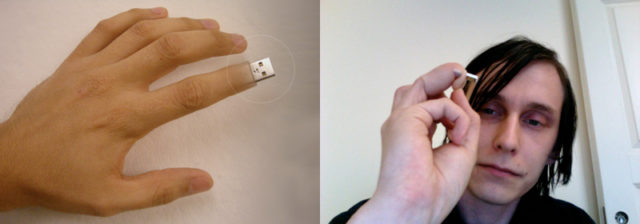
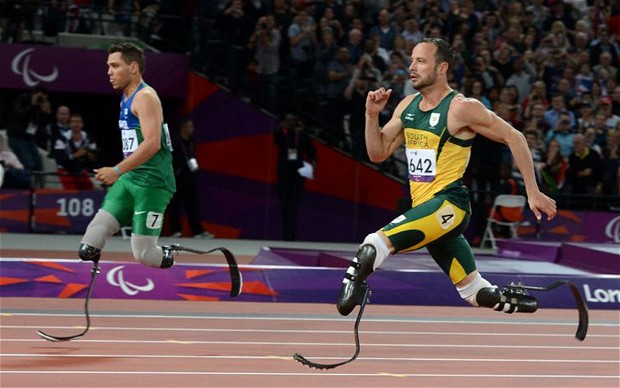
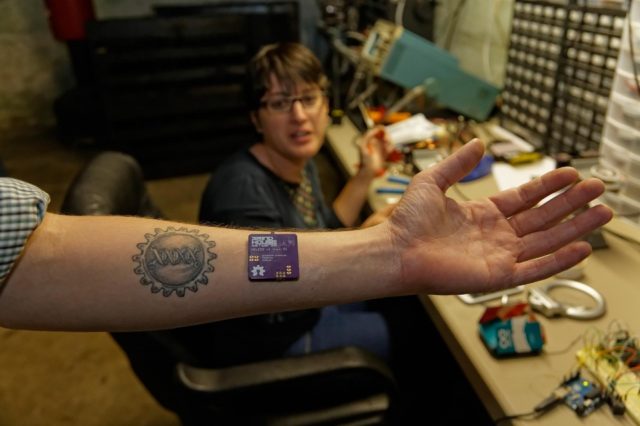

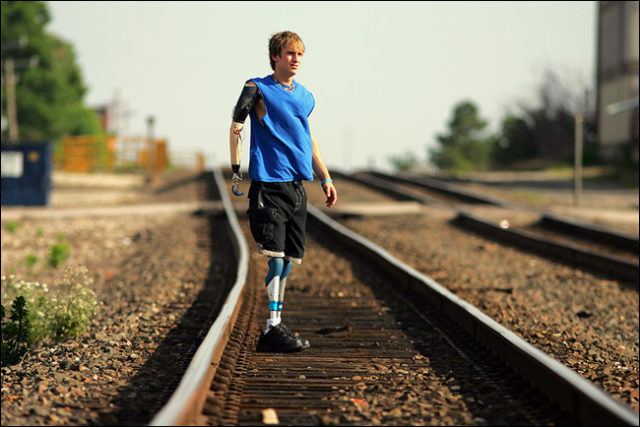
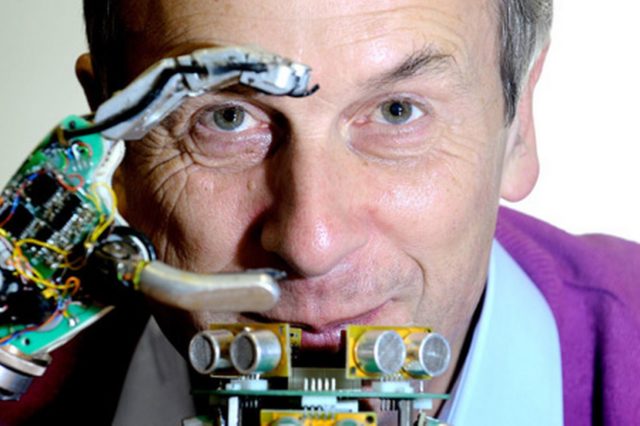
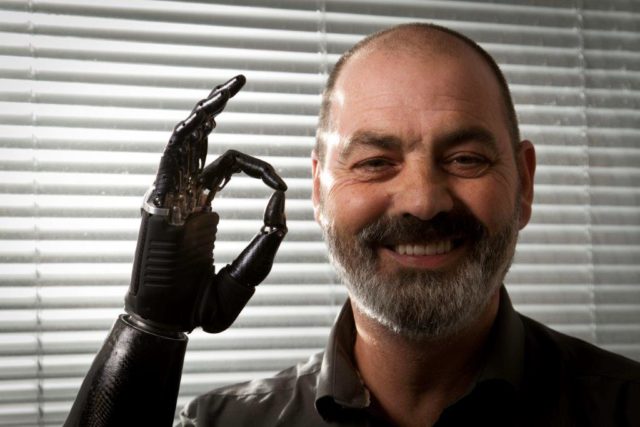

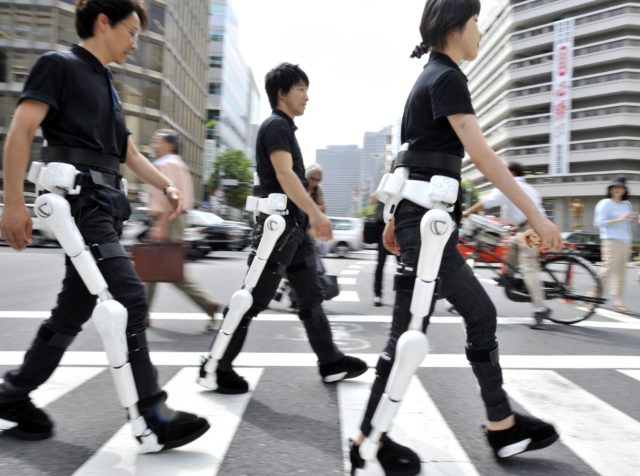
No comments:
Post a Comment